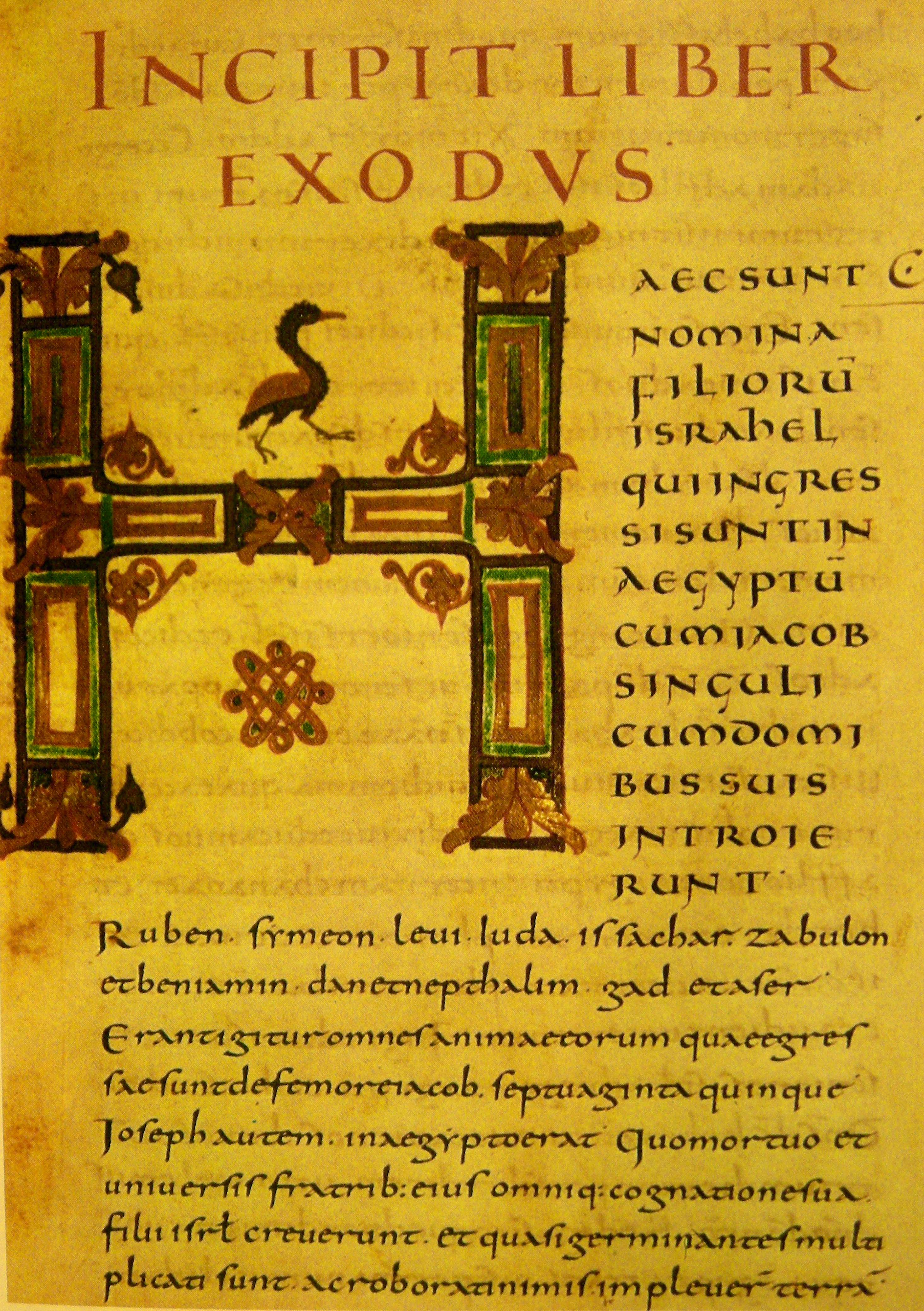

Physical Review editors recommend avoiding jargon and the excessive use of acronyms, even for commonly used terms.


If your first language is not English, consider seeking help from a native English speaker when writing your manuscript.ĭirect the manuscript text at a general readership, so as to make it understandable to a broad spectrum of researchers. It is not possible for editors to undertake extensive corrections of manuscripts, due to time constraints and the risk that the authors’ meaning might be distorted. Readability and Accessibility: Take special care to ensure that manuscripts are well organized, clearly written in scientific English, and written in a style consistent with that of the Physical Review journals. For comprehensive guidelines, please consult the Physical Review Style and Notation Guide, Frequently used Memos, and other indicated guidelines, as well as recent issues of the specific journals. Shown below is a selection of illuminated manuscripts with a broad range of initial letter treatments.To find information regarding our standard peer-review practices, please consult the Editorial Policies and Practices otherwise, the following guidelines provide an overview of content, technical, and style requirements for preparing manuscripts for submission to the Physical Review journals. These amazing manuscripts are a fantastic source of inspiration for today’s designers, as initial letters and other decorative elements are still used in books, magazines, annual report, brochures, and any instance where eye-popping graphics serve to draw attention to text, and also to help illustrate the content. Next, the illuminator (or illustrator, as we now call them) created all the remaining elements. Next, the grid for each page was lightly ruled with a pointed stick, after which the scribe went to work using ink and either a sharpened quill feather or reed pen. The layout of the book was then planned, including placement of the text, initial letters, borders, and any other illustrations and decorative elements. Then, sheets of parchment or vellum which were animal hides specially prepared for writing, were cut down to the required size. The production of an illuminated manuscript began with the text, which was usually written first.

Inhabited Initial: An initial letter that contains human or animal figures that are decorative only and bear no relation to the text.ĭecorated Initial: An initial letter that is decorated and embellished but does not necessarily contain a picture, or a decoration that relates to the text.Ī decorated initial from Lansdowne MS 460, f. Historiated Initial: An initial letter that contains within it a scene or figure related to the text. Decorative initials found in mid-century manuscripts are usually one of three kinds: Many of these manuscripts contain illustrated initial letters that frequently were seen at the beginning of a chapter or section. The use of gold leaf or foil, or gold specks or dust, as well as silver, which is applied with a brush, is a characteristic feature of most from the Middle Ages. Bibles were a frequent subject for illumination. These precious and expensive books were most commonly associated with religious manuscripts, often created in monasteries by monks, and commissioned by wealthy patrons. So an illuminated manuscript is one in which the text is embellished or enhanced with the use of decorative elements, including initials, borders, and other illustrations, using luminous colors, often including gold and silver. They were known as Illuminated Manuscripts: “illuminated” from the Latin word lumen, meaning light, and “manuscript” from the Latin words manus meaning hand, and scribere meaning to write. Books were all written and drawn by hand, with each step done by a different person: scribe, rubricator, illustrator, etc.
#MANUSCRIPT LETTERS HOW TO#
On the other hand, the process for making books in the Middle Ages was dramatically different, and not readily available to the general public, the majority of which did not know how to read anyway. A Brief Backgroundīooks today are available to almost everyone, as they are mass produced and affordable, as well as easily borrowed from libraries. A spread from a Book of Hours from the 16th-century.


 0 kommentar(er)
0 kommentar(er)
